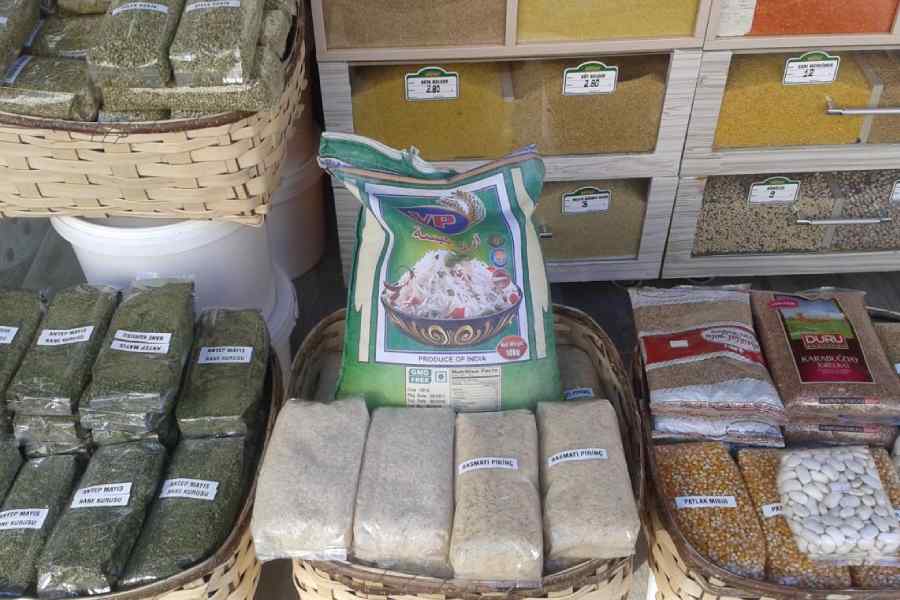India is the world’s fifth-largest economy. According to World Bank data, merchandise trade contributes 34.7% to the country’s gross domestic product. India has set an ambitious target of $2 trillion worth of exports by 2030 in the new Foreign Trade Policy released this year. Merchandise exports can play a crucial role in meeting the overall target. However, the data released by the commerce ministry show that merchandise exports have slid by 14.50%, from $159.32 billion in April-July 2022 to $136.22 billion in April-July 2023. In the month of July, merchandise exports fell to $32.25 billion as compared to $38.34 billion in July 2022. The decline in merchandise exports not only poses a threat to meeting the target of $2 trillion but also acts as a downside risk to the growth prospects of the country.
India’s top destination for exports is the United States of America. Countries like Germany and the United Kingdom figure in the list of top 10 destinations as well. Germany has entered a technical recession; the US and the UK are witnessing an economic slowdown. These developments can be attributed to Covid-19-induced supply-side disruptions followed by the Russia-Ukraine conflict as well as to the impact of various domestic policies. Moreover, the threat of inflation still looms large over the advanced economies. This has resulted in reduced demand for India’s exports.
Following the pandemic, advanced economies faced inflation that was the highest in 40 years. In order to tackle it, their respective central banks have been hawkish, leading to a tight monetary policy. For example, the US Fed has raised rates consistently, even increasing it to 5.5% which has been the highest in 22 years. This has severely impacted manufacturing and led to bank failures. These factors, in turn, have adversely impacted demand for imports in the developed world.
India aims to become a developed country by 2047. Merchandise exports hold an important key in achieving the target. It will contribute directly to the GDP. Indirectly, it will boost the manufacturing sector and create employment. It will also serve as the means to utilise India’s demographic dividend by providing jobs in the labour-intensive sectors. In order to accomplish this, the target set by the Foreign Trade Policy is of utmost importance.
The World Trade Organization in its ‘Global Trade Outlook and Statistics’ has highlighted various downside risks to global trade. The Global Economic Prospects report of June by the World Bank projected a growth rate of 2.1% for this year. Additionally, the war between Russia and Ukraine has become a frozen conflict and upward pressures on crude oil due to the OPEC+’s decision to cut supply are likely.
Given these global headwinds, initiatives like the Production Linked Incentive scheme and India’s free trade agreements with the United Arab Emirates and Australia could act as a safety net for merchandise exports. Along with these, the competitiveness of India’s goods needs to be improved. This must be done in all three sectors of the economy. The Indian government should also try to utilise the policy of friendshoring advocated by the advanced economies. While the external sector holds great prominence in a country’s economy, India needs to ensure a strong domestic sector as well to transform the economy into a resilient and fast-growing one.











